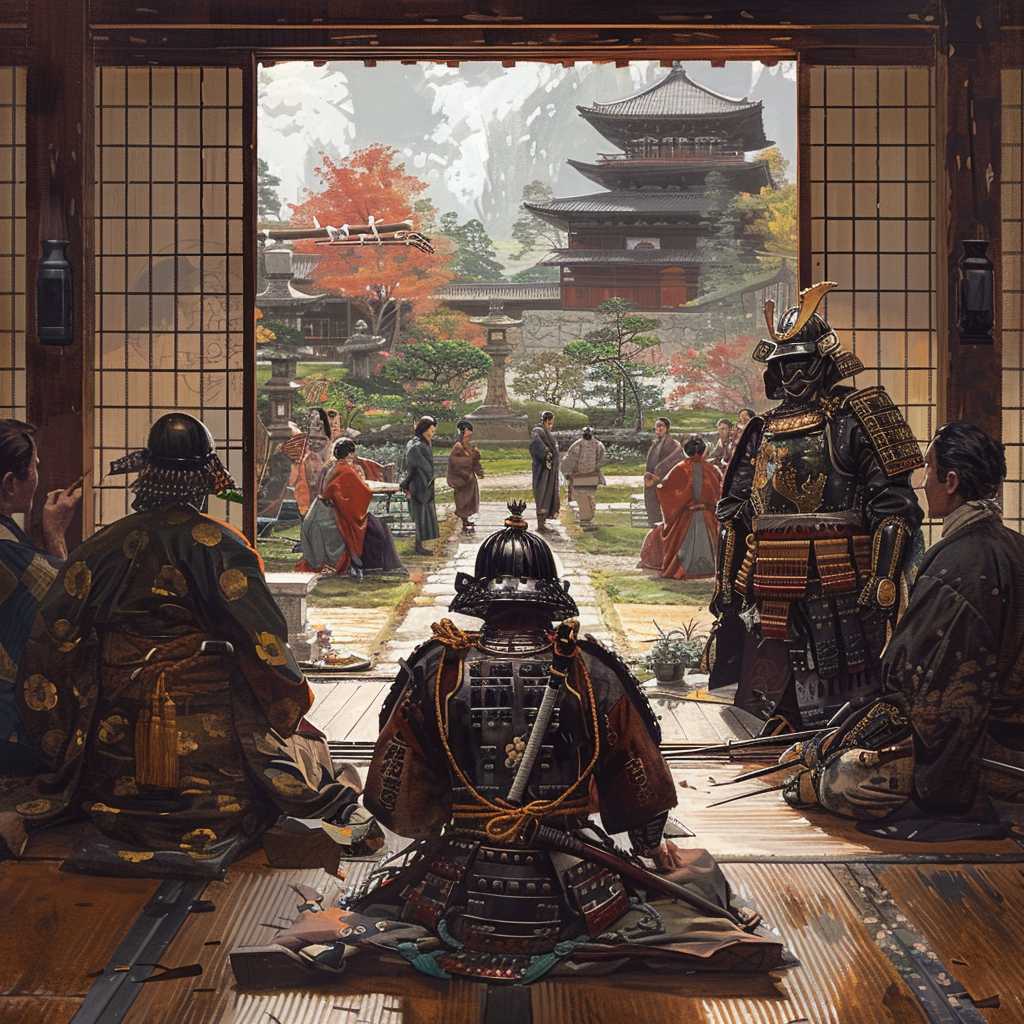The Legacy and Influence of the Shogunate in Japanese History
The title “Shogun” is one that conjures images of powerful military rulers, commanding samurai warriors and presiding over medieval Japan with absolute authority. Indeed, the period of shogunate rule in Japan is one that had far-reaching effects not only on the nation’s political landscape but on its culture, social structures, and place in world history. This article will explore the origins of the Shogunate, its impact on Japanese society and governance, the eventual decline of the Shoguns, and their enduring legacy.
Origins and Establishment of the Shogunate System
The term “Shogun” is an abbreviation of “Sei-i Taishōgun,” a title that originally meant “Commander-in-Chief of the Expeditionary Force Against the Barbarians” — reflecting an initial role concerned with national defense and expansion. Military leaders were granted this title after leading successful campaigns against threats to the realm, including indigenous tribes and foreign invaders. However, as the influence of these military leaders grew, they began to establish a parallel government operating alongside the Imperial Court.
Minamoto no Yoritomo: The First Shogun
Minamoto no Yoritomo is an essential figure in Japanese history; he was appointed as the first Shogun in 1192 after asserting military dominance during the Genpei War. His establishment of the Kamakura Shogunate ushered in a new era where power transitioned from court aristocrats to a feudal military regime. The Kamakura period set many precedents for Japan’s military governance: Samurai warriors emerged as new power holders, and a decentralized system known as feudalism began to grow in significance.
The Shogunate through the Ages
Reflecting on centuries of rule, it’s clear how the succession of various dynastic families formed a key feature of shogunal history. Following the Kamakura were the Ashikaga Shoguns, who governed during the tumultuous Muromachi period (1336-1573), a time noted for cultural achievements but also marked by social upheaval and conflict like the Onin War.
The arrival of the Tokugawa Shogunate (1603-1868) changed Japanese politics profoundly. Under Ieyasu Tokugawa and his successors, Japan was unified after a prolonged period of civil war; an enduring peace known as the Pax Tokugawa was established. Most notably, it was this final shogunate that enacted policies like Sakoku (national isolation), which significantly shaped Japan until the mid-19th century.
The Structure of Government under Shoguns
Feudal Hierarchies
The political structure under shogun rule was highly hierarchical. Beneath the shogun himself were the daimyos (feudal lords), who ruled over their respective lands but owed allegiance to the shogun. Samurai warriors served both daimyos and shoguns and were bound by Bushido—a strict ethical code influencing every aspect of their lives and service. At each level everyone had duties and obligations upward and downward in a chain of loyalty.
Administration and Laws
Each shogunal government created administrative structures to manage aspects ranging from tax collection to maintaining order. Samurai acted as bureaucrats alongside military duties, and codes such as the Tokugawa legal code (buke shohatto) were implemented to regulate behavior and maintain societal stability.
Social Order
The shogunate reinforced a class structure with little social mobility: At its summit was the samurai class, followed by farmers, artisans, and merchants at its base. This societal rigidity mirrored Confucian ideals espoused by many Shoguns since they helped reinforce societal stability.
The Decline of Shogunal Power
Internal unrest driven by economic hardship among peasants and lower-ranked samurais, coupled with external pressures such as Western nations seeking to trade with Japan, led to increasing challenges to Shogunal authority throughout the 19th century. These pressures culminated in the Meiji Restoration of 1868 when Emperor Meiji ushered in a new government aiming to modernize Japan under imperial rule—a stark departure from military governance.
Legacy and Impact on Modern Japan
It’s impossible to overstress how deeply shogunal legacy runs through Japan’s veins. From varied artistic pursuits such as Noh theater and ikebana (flower arrangement) flourishing under warrior patrons, to deep-seated values like loyalty and honor being woven into national discourse—the fingerprints of centuries-old regimes remain ever-present.
Notes
Image description: A dramatic painting portrays a powerful shogun in elaborate armor seating in a traditional tatami room while advisors dressed in ornate kimonos converse meticulously in the background. Outside a manicured Zen garden is visible through open sliding doors, signaling peace amidst centralized power.
